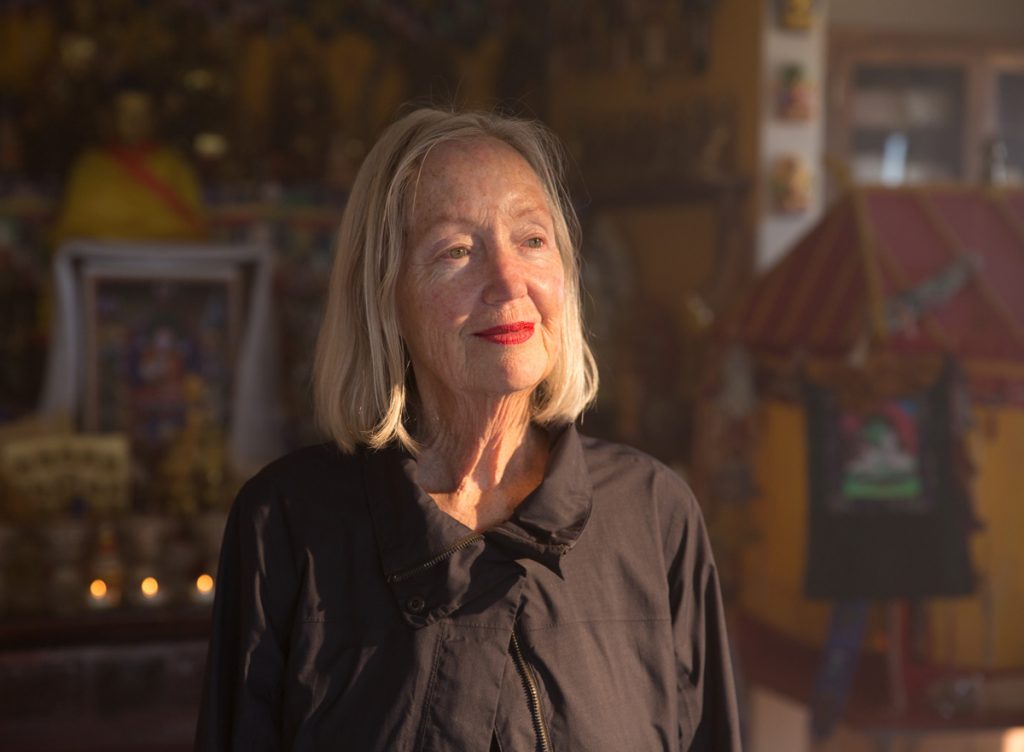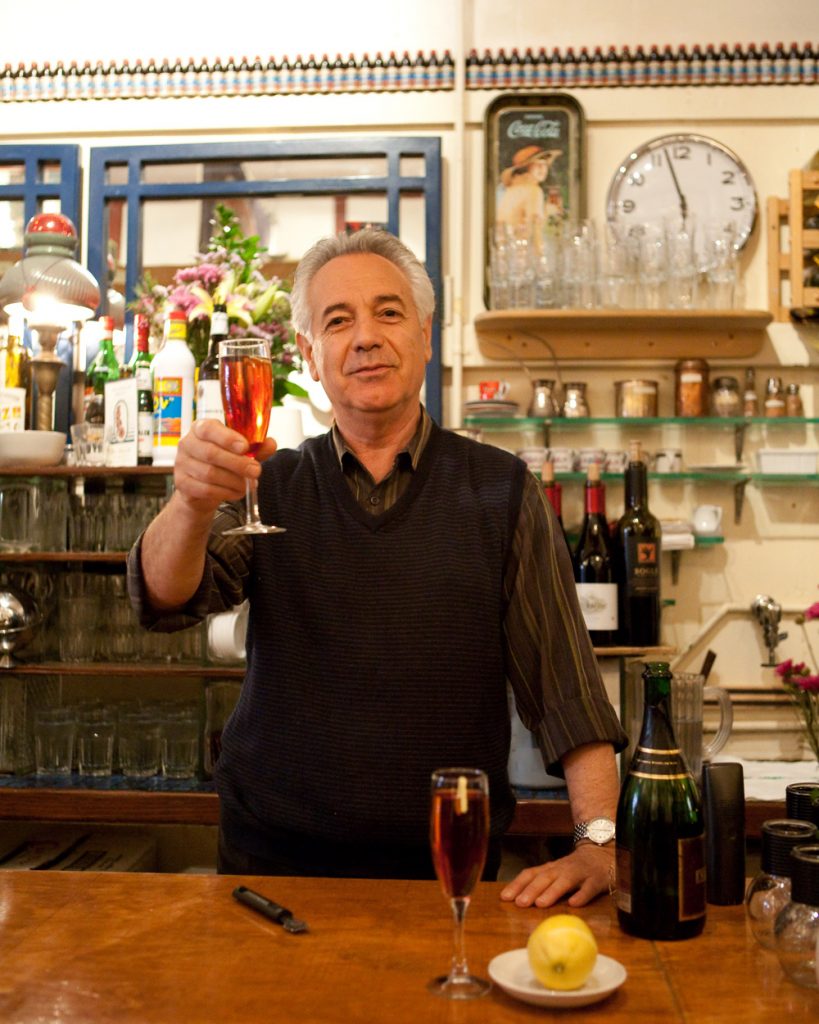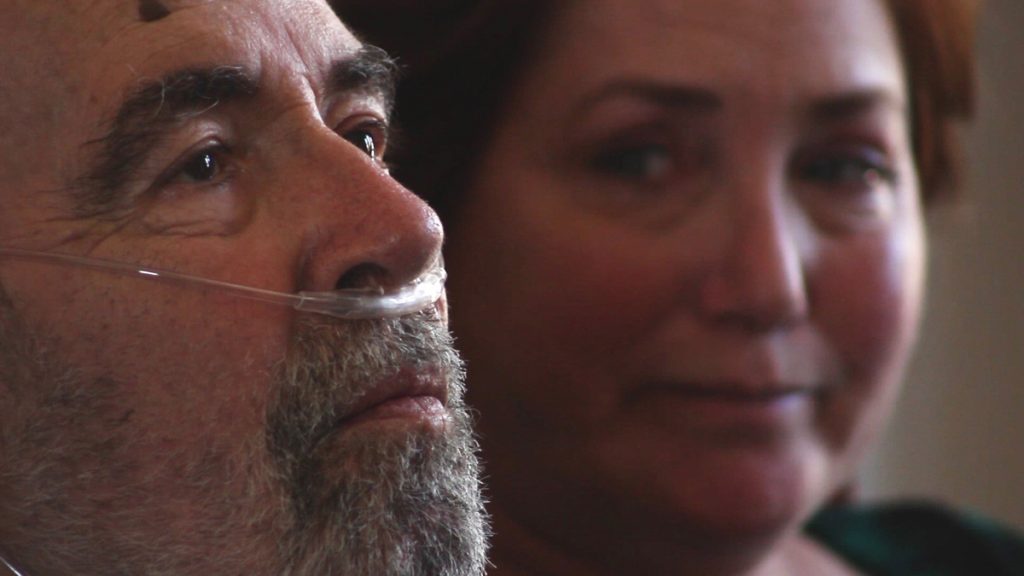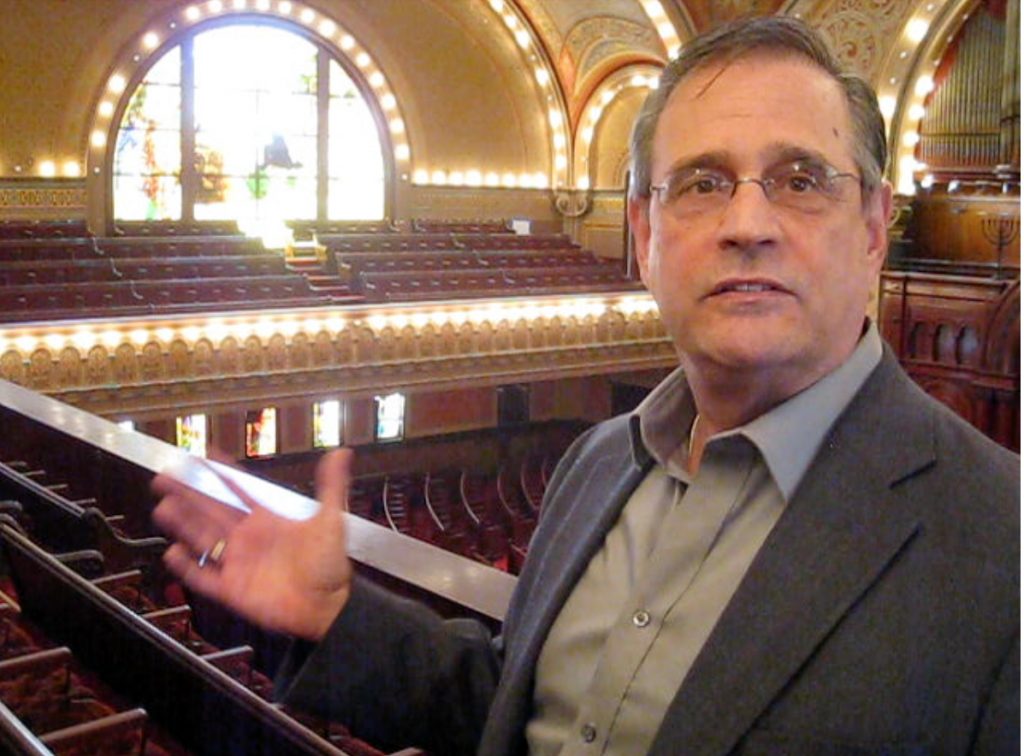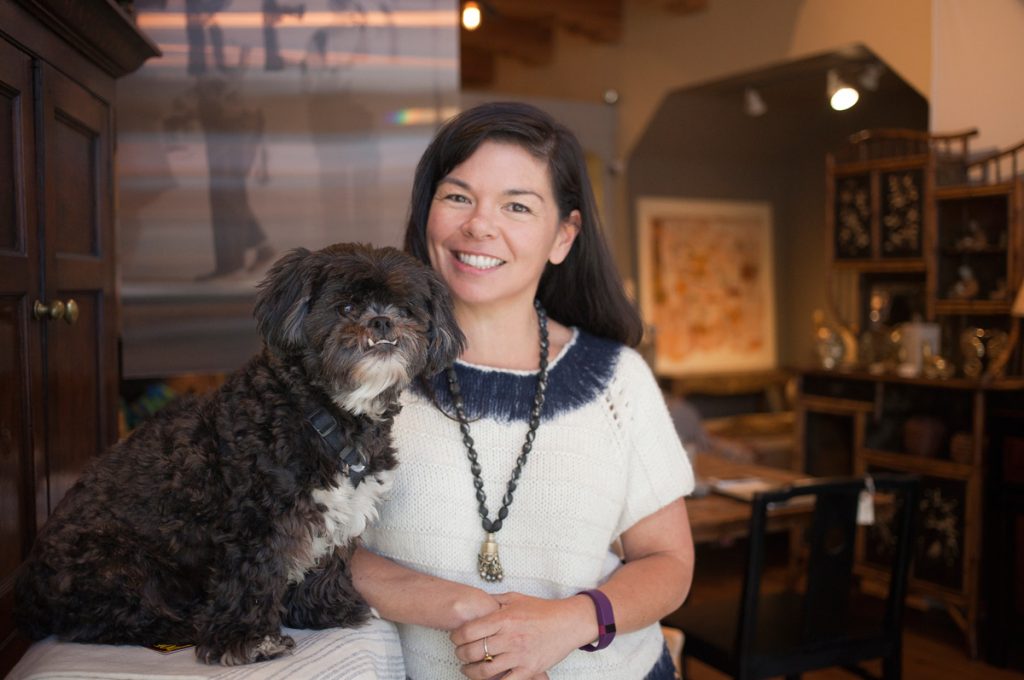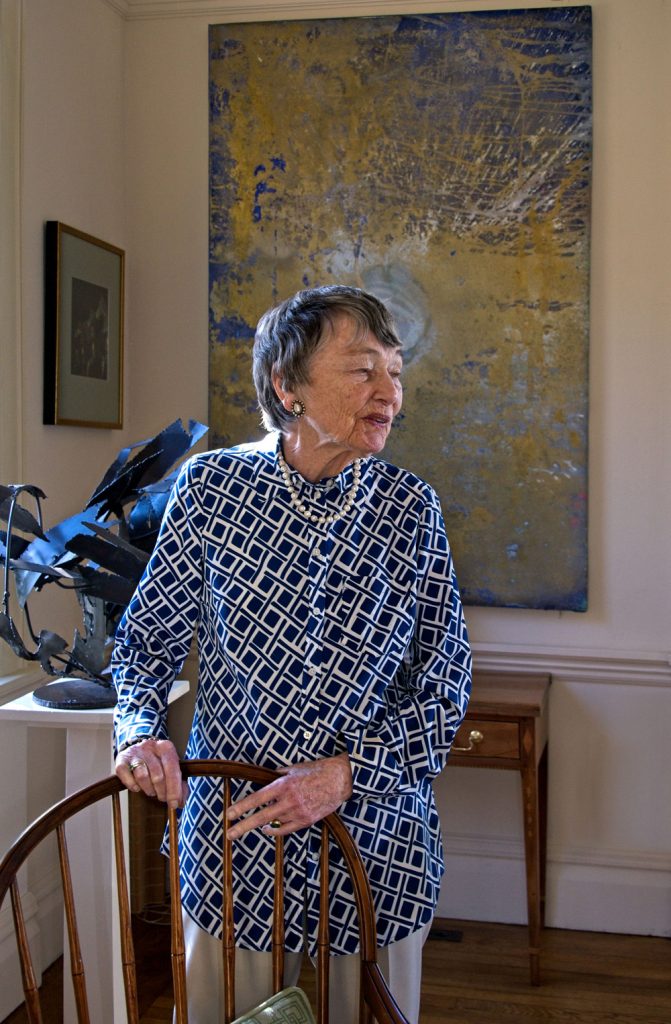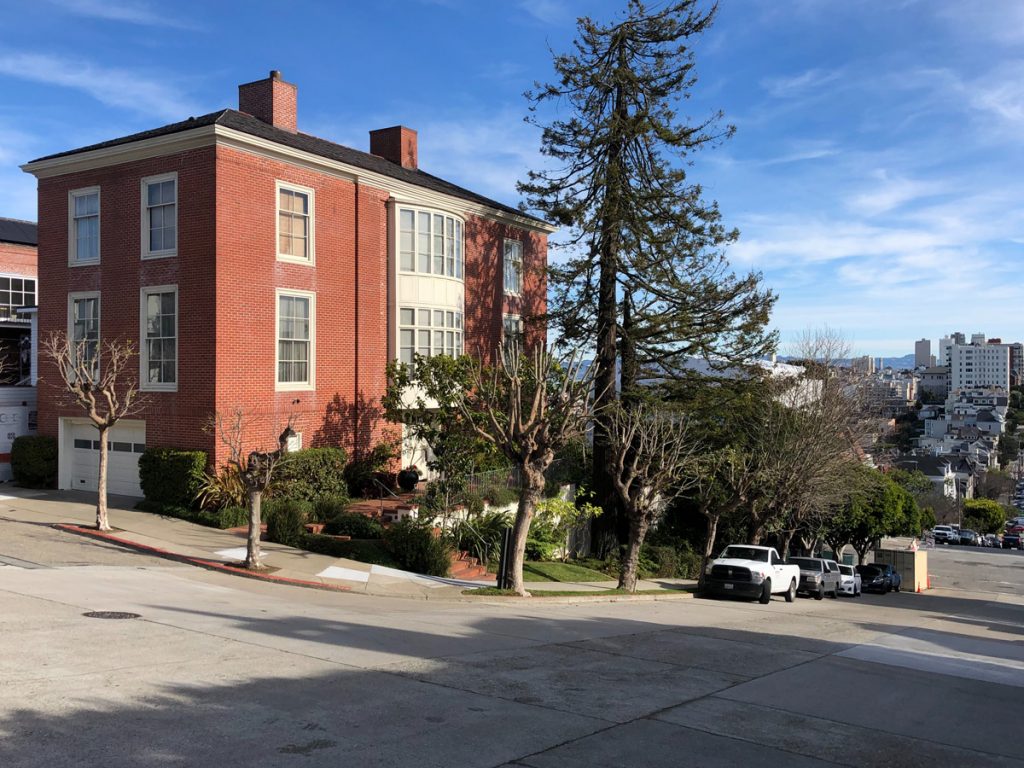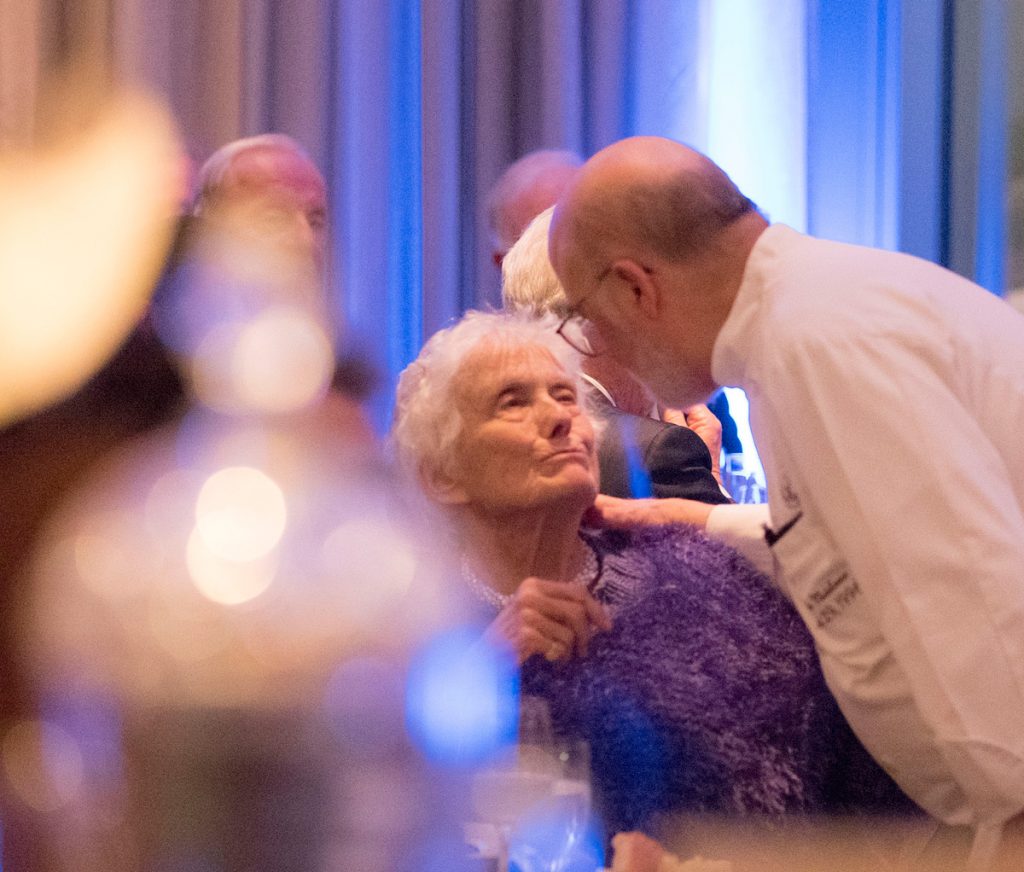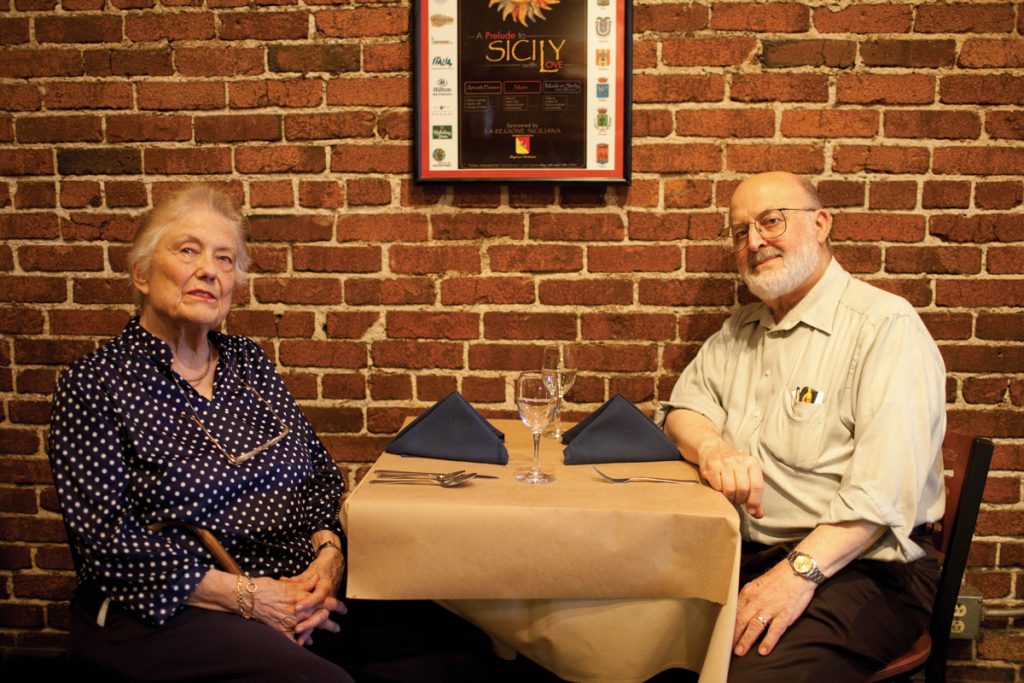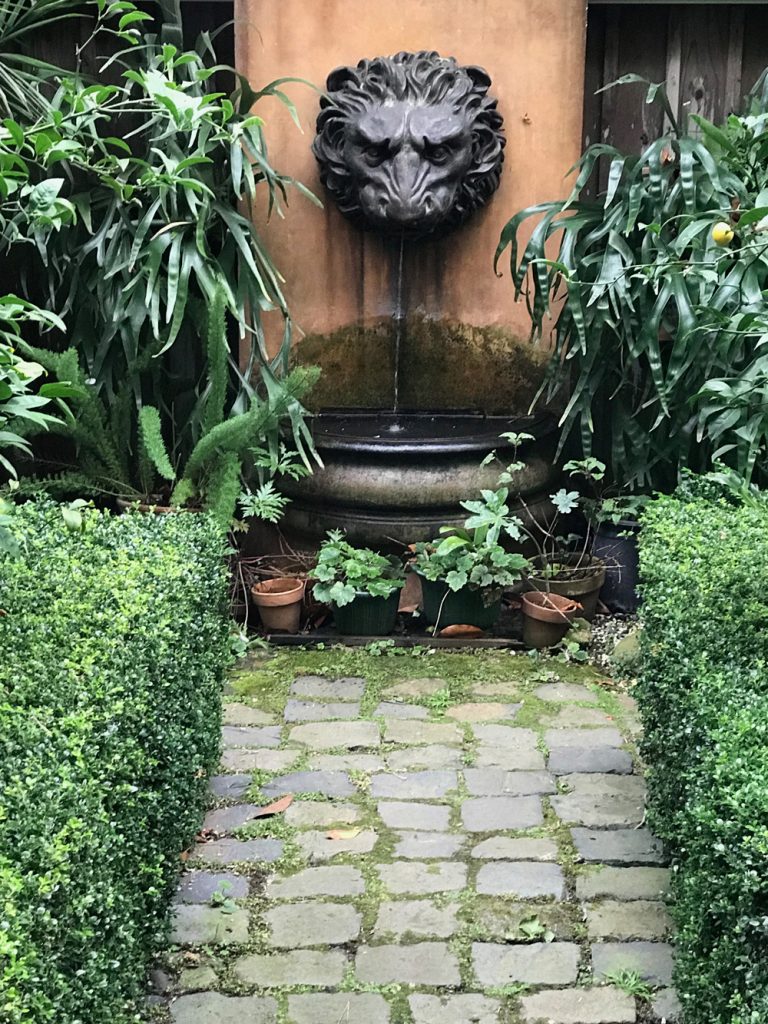FILM | JESSICA BERNSTEIN-WAX
My mother’s friend Judith Skinner started a Tibetan Buddhist retreat in her Pacific Heights apartment in 1995. At the time, she thought it would last the traditional three years, three months and three days.
Almost 24 years later, she remains on retreat, a Buddhist practice that involves solitude, meditation and introspection — and can take place anywhere from a remote cave to a rent-controlled studio apartment in San Francisco.
I have known Judith almost all of my life. As a child, I visited her at the Ewam Choden Tibetan Buddhist Center near Berkeley, where she lived for many years. When Judith started her retreat, I thought three years sounded like a long time to lead a mostly solitary existence.
As her retreat extended for more and more years, I started to get curious. What did she do all day? And why had she dropped out of “normal life”?
To find out, I spent about a year and a half filming her on my days off and weekends. The resulting short documentary, On Retreat, will screen at this year’s SF DocFest, the San Francisco Documentary Film Festival. It screens on June 8 at 12:15 p.m. and on June 11 at 7 p.m. at the Roxie Theater.
You might think documentary footage of someone on a meditation retreat would be about as visually exciting as watching paint dry. But Judith is an engaging San Francisco character.
To help finance her retreat, she worked as a gardener for many years. Now in her 70s, she follows a simple daily routine involving Buddhist practice, writing and trips to Cal-Mart in Laurel Village.
She has almost no belongings and owns just one fork, but still manages to look sharp every day. She goes for regular haircuts at Patrick Richards Salon on Sacramento Street, where she tended the flower boxes for years.
Rather than focus primarily on the logistics of Judith’s retreat, my film explores her reasons for going on retreat in the first place and why she’s continued for so long.
“My friends tease me that retreat is the all-purpose excuse: I get out of everything,” Judith told me laughingly during one of our interviews. “On a deep level, what I like about it most is I’m really in charge of my own ship.”
Judith truly does seems to be content with her quiet, somewhat isolated life. She credits Buddhist practice and her retreat with making her a calmer, less reactive person.
Despite her solitary lifestyle, Judith says she hasn’t felt lonely these last 24 years. The retreat and the city of San Francisco have been her constant and familiar companions.
Filed under: Body & Soul, Film, Locals | Leave a Comment »




